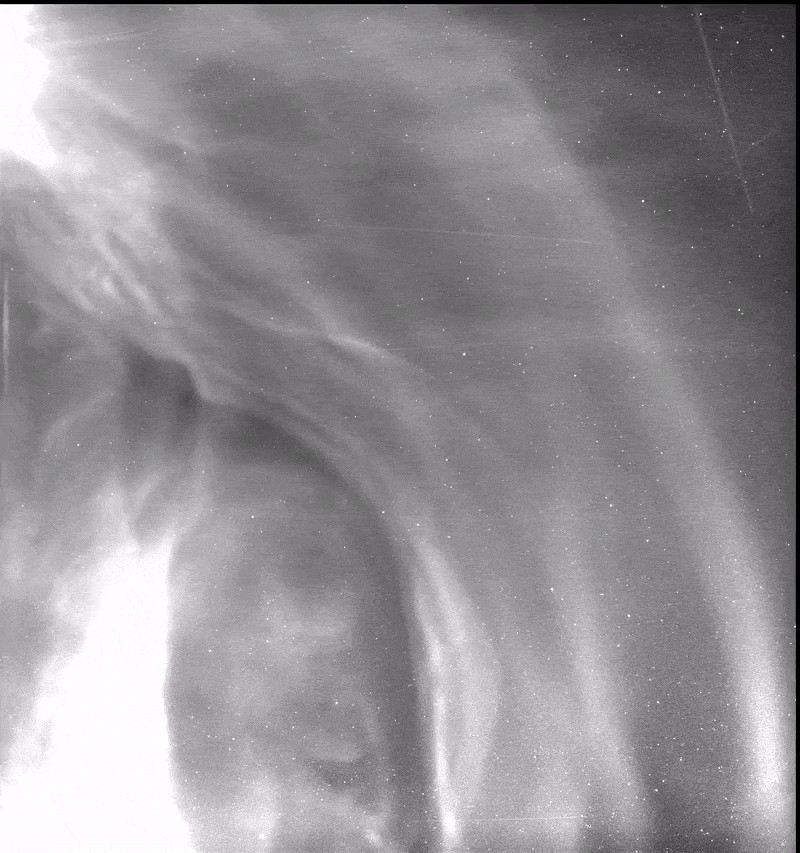On September 5, 2022, NASA’s Parker Solar Probe experienced one of the most powerful coronal mass ejections (CMEs) ever recorded. The shots show the solar flare as it appears to absorb leftover space dust from the formation of our solar system.
Parker Solar Probe’s Wide Field Imagery for Solar Probe (WISPR) camera watches as the spacecraft passes through a massive coronal mass ejection on September 5, 2022. Coronal mass ejections are immense eruptions of plasma and energy from the solar corona that drive the space weather. Credit: NASA/Johns Hopkins APL/Naval Research Lab
Parker’s journey through the CME is helping prove a 20-year-old theory about the interaction of CMEs with interplanetary dust, with implications for space weather predictions. The results were recently published in The Astrophysical Journal.
CMEs are highly powerful explosions from the Sun that can have major impacts on Earth technologies, including satellites and power grids.
This dust is made up of tiny particles from asteroids, comets and even planets and is present throughout the solar system. A type of faint glow called zodiac light, sometimes visible before sunrise or after sunset, is a manifestation of the interplanetary dust cloud.
Scientists believe that learning more about the interactions between CMEs and this dust could help refine predictions of how quickly a CME may reach Earth.
The CME moved dust up to about 6 million miles from the Sun – about one-sixth the distance between the Sun and Mercury – but was replenished almost immediately by interplanetary dust floating through the solar system.
To know more.
The Sun is restless. An X-class eruption captured
The Moon, the Earth and the most beautiful photos (so far) of the Artemis I mission
Listen to the “sound” of Venus captured by NASA’s Parker probe
